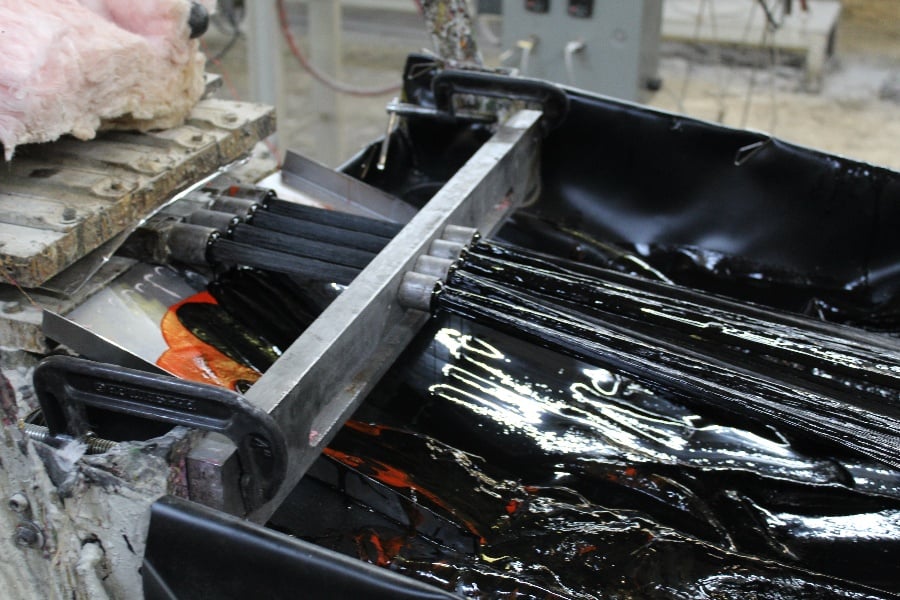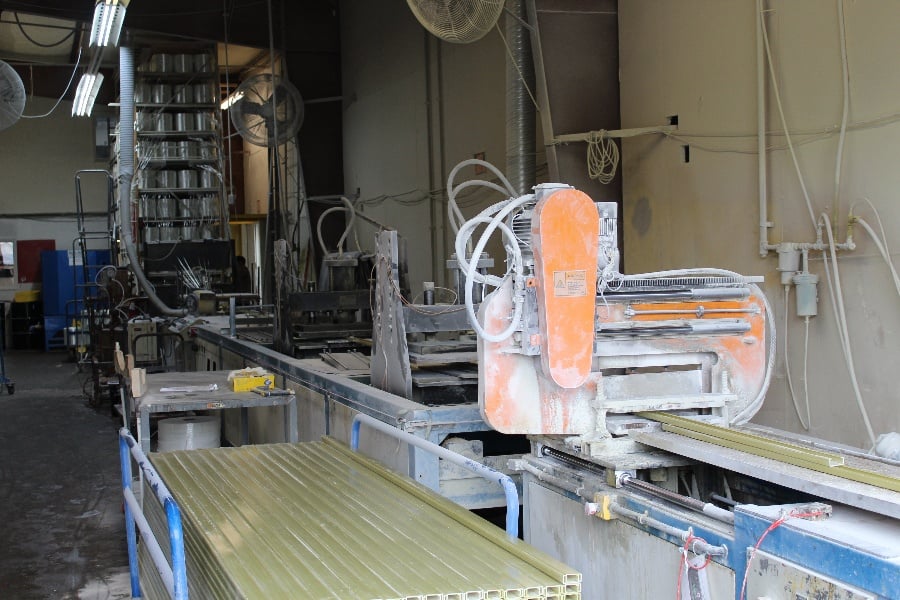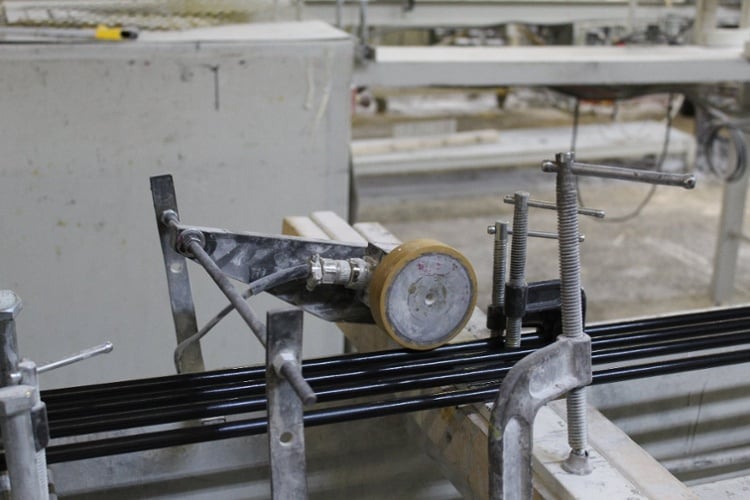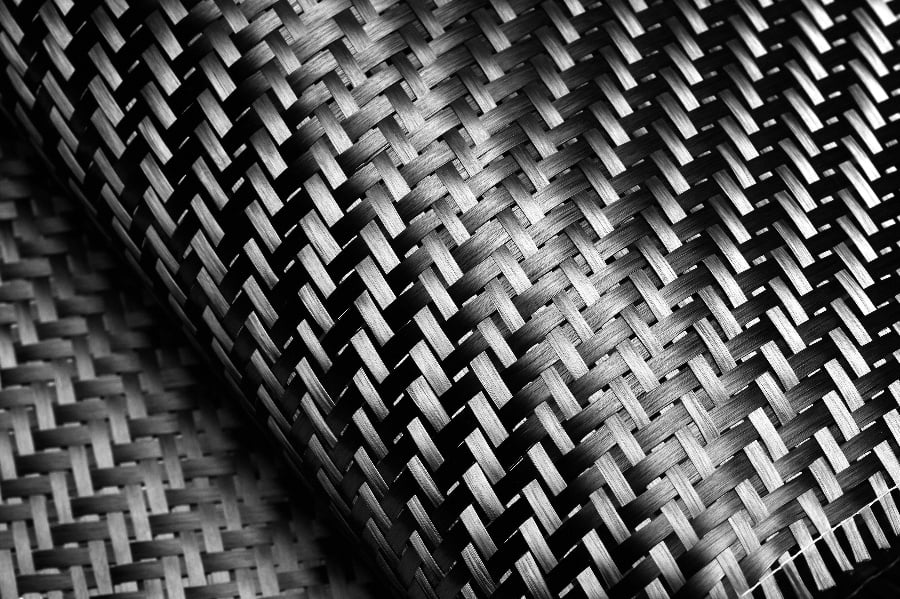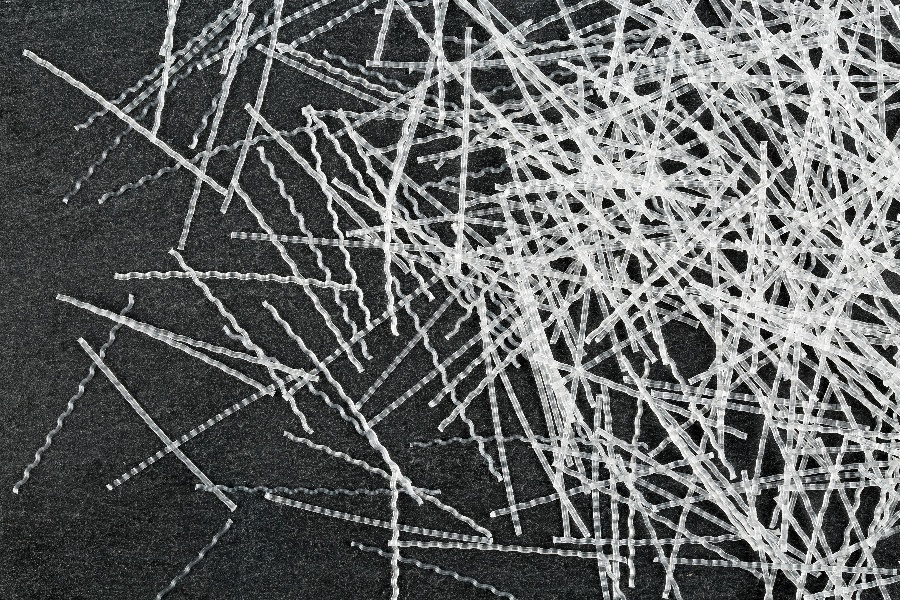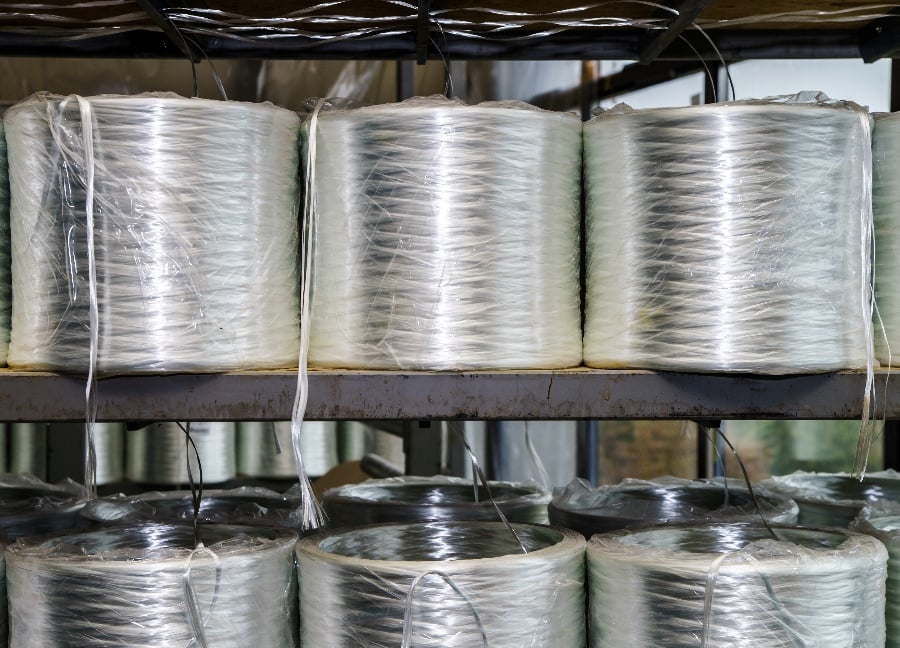
Pultrusion is now the preferred way to manufacture composite parts across a range of applications. In this increasingly urbanized and digitized world, engineers in industries such as infrastructure, oil and gas, architecture and telecommunications have found fiber reinforced polymer (FRP) composites to be the best material for their products.
The past 50 years have seen a rapid increase in rates of urbanization across the world and the next 50 are expected to continue in a similar fashion.
The UN World Urbanization Prospect projects that 68% of the world’s population will live in urban areas by 2050, an increase of 14% from 2016.
As urbanization requires the telecommunications to support it, the requirements of telecommunications will change to meet the needs of growing urban centers.
Additionally, as the internet of things (IoT) is only increasing its scope, it is forecast that by 2035 there will be a trillion connected computers in the world. With these demands as well as the rollout of 5G in 2020, current networks will be insufficient.
With increasing levels of urbanization, a push toward the IoT, and 5G rollouts worldwide, a focus needs to be put on data and communications and how technologies can improve to meet the growing needs of an urbanized world.
As we track closer to this global outcome, FRPs are proving that not only do these technologies already exist, but that they’re more sustainable, cheaper, and easier to produce than traditional materials.
Companies have discovered that pultruded glass fiber can reduce attenuation of the high-frequency 5G signals, vastly improving existing lines of telecommunication.
Additionally, new resins and process technology are growing to improve performance over traditional resins such as unsaturated polyester and vinyl ester. In the data and communication industry, this can mean higher line speeds without affecting other line properties like resistivity.
Benefits to Using FRPs in Telecommunications
There are numerous benefits to using FRPs in telecommunications, ranging from their technical performance properties to the benefits inherent in using FRPs for any project.
Looking at the technical performance of FRPs, there are three major technical attributes that align with the future needs of the data and communication industry. These attributes are as follows:
- Reduced Attenuation of High-Frequency Signals
Pultruded glass fiber has been found to reduce attenuation of high-frequency 5G signals. Due to the importance of reliable signal strength in mobile networks, WiFi, and broadcasting (among others), it’s vitally important that developers and engineers consider materials that support the functions required.
- Low Resistivity
Pultruded FRPs offer an extremely low resistivity. This intrinsic property allows for the easy movement of electrical charges due to lowered opposition to the flow of electrical current. This is vastly important in data and communications as it allows for higher line speeds, something that will be incredibly important with the implementation of 5G in particular.
- Electromagnetic Transparency
Fiberglass pultrusions have inherent electromagnetic transparency, meaning they can be readily penetrated by radio waves for the support of communications such as two-way radios, cell phones and WiFi. This transparency makes pultruded FRPs an ideal material for electromagnetic windows/radomes.
Manufacturing and Deployment Advantages
Aside from the inherent technological benefits to using FRPs in improving lines of telecommunication, there are numerous manufacturing and deployment benefits that come with pultruded products. These benefits are as follows:
- Easy to Design and Manufacture
Products manufactured by the pultrusion process are well known for allowing a degree of design flexibility not possible with traditional materials. Additionally, pultruded products are derived from an automated, energy-efficient process used to manufacture products that can be easily and accurately replicated.
- Lower Production Costs
Manufacturing pultruded products cost far less than parts made using molded FRPs and traditional materials. Because of this, when using pultruded FRPs more products can be manufactured or project budgets can be shifted to accommodate other phases of telecom development.
- Lower Infrastructure Deployment Costs
FRPs are considerably lighter than traditional materials. This makes pultruded products easy and relatively inexpensive to transport as well as being far easier to deploy. Because of this, infrastructure deployment costs are significantly lower when using FRP composites like those manufactured at Tencom.
- Lower Maintenance Costs
As well as their lowered production and deployment costs, maintenance costs are also significantly lower when using pultruded products.
FRP composites are comparable in strength to steel and far more durable. They have an extremely high heat tolerance and do not corrode or degrade in extreme conditions. Because of this durability, there is a far lower replacement rate associated with FRP products and they don’t require nearly as much maintenance as products made with traditional materials.
Looking at the benefits of using FRPs, there is no doubt that products like pultruded glass fiber are the future of telecommunications.
With urbanization set to increase rapidly over the next five decades and the IoT and 5G connectivity forecasted to be in our lives on a daily basis, there is no doubt that finding cost-effective materials that are strong, durable, long-lasting, lightweight and adhere to technological requirements is imperative to a sustainable, efficient future.
For any telecommunications project requiring a material that meets stringent technical specifications and is cost-effective, durable and easy to manufacture, FRPs are an excellent solution.



